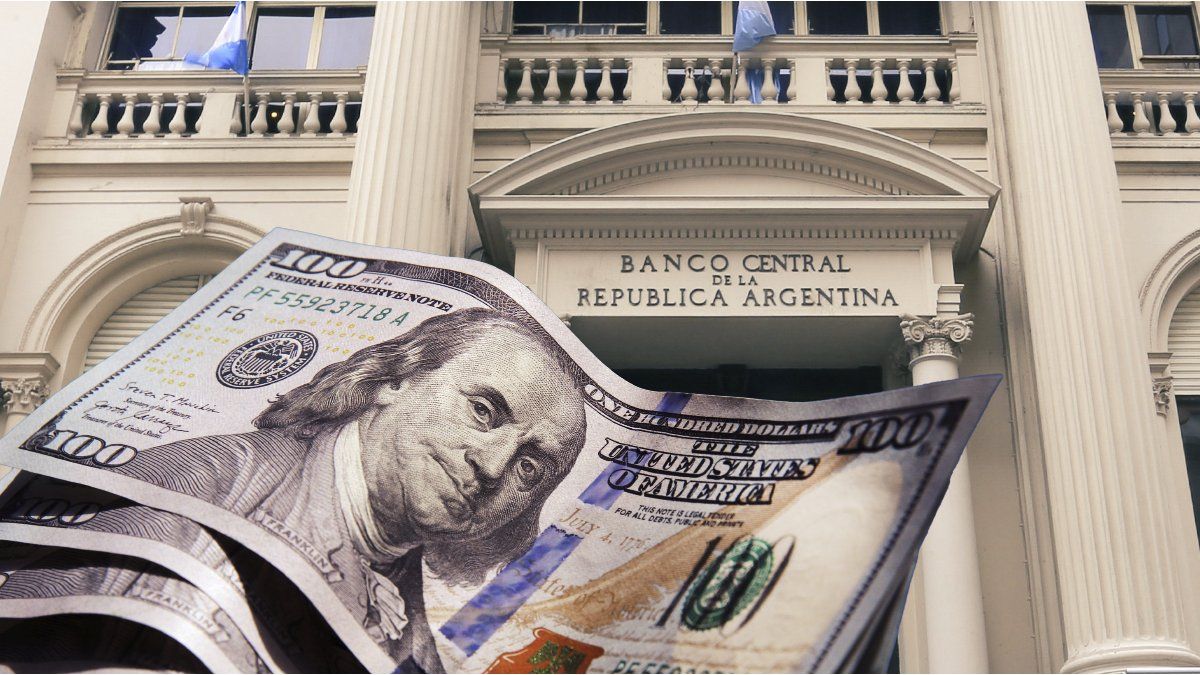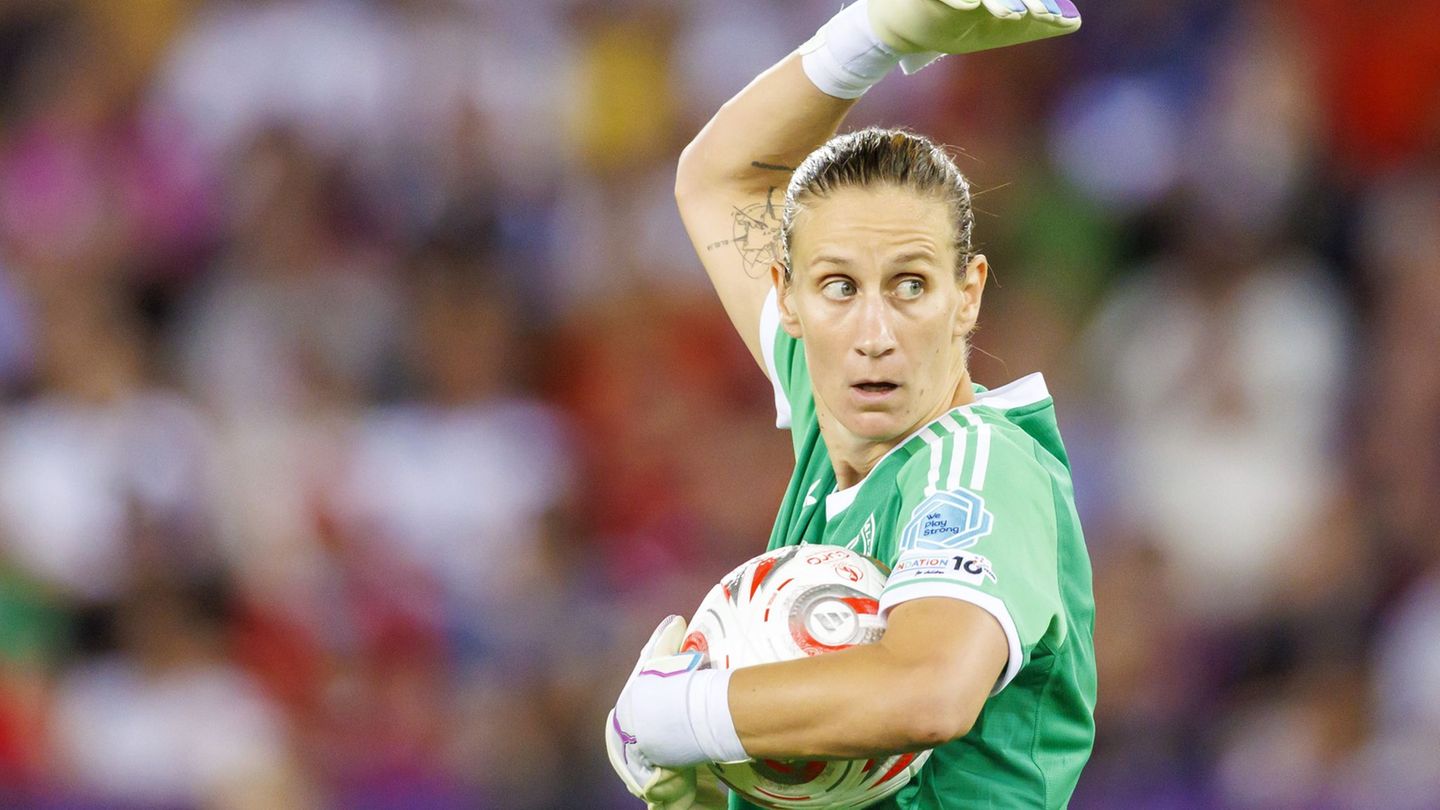Speculation of a new exchange rate jump gained a lot of strength in the run-up to the general elections. The Matba-Rofex futures market demonstrated this and only moderated expectations with the intervention of the Government. However, After Sergio Massa won at the polls against Javier Milei, the market deflated the projection for the following months. Given this, it is worth asking: what will happen to the dollar after the runoff, Devaluation, crawling peg or combined strategy?
Officially, the Minister of Economy, Sergio Massa, assured that will maintain the exchange rate at $350 until November 15 and, starting on the 16th, the crawling peg will return. To do this, he created a formula: subtract one percentage point from October’s inflation and divide it by 30. Thus, Assuming that the CPI was 7%, the objective for the following month will be a 6% rise in the dollar, which implies a wholesale advance of 0.2% daily. But will the Government be able to sustain this plan?
For the economist and director of Eco Go, Sebastián Menescaldi: “Although it will depend on the result of the election, crawling peg will most likely return. The post-STEP devaluation was promoted by the IMF and the effects were bad, so I doubt that the Government wants to repeat it again without promoting a comprehensive plan behind it.”
Massa or Milei: the dollar pulled by two country models
In turn, the economist and director of the consulting firm Analytica, Claudio Capraruloin dialogue with Ambitsaid: “The first thing one has to consider to try to understand what will happen after the runoff in economic matters, obviously, is who will be the winning candidate“.
In this regard, he recalled that, after the PASO, Javier Milei came first and the market went towards very strong coverage positions. Given this, he posed a scenario: “If Milei wins the runoffhis inauguration would be almost three weeks later, and as he continues to propose that he is moving towards dollarization, There will be very strong pressure on the exchange rate“.
“This may force the Government to validate a strong exchange rate jump again. especially because it is not that between now and November 19 the international reserves are going to have a recomposition that will allow them to have strength,” he expressed.
It should be noted that the Government has to comply with the payments agreed with the International Monetary Fund. This Tuesday, the Government will make a payment of almost US$2.6 billion. The impact will be seen in the reserves of the Central Bank (BCRA), which closed this Monday at US$24,612 million, therefore, If the disbursement is confirmed in yuan, it would fall to around US$22 billion. Meanwhile, there is a new payment of interest for about US$820 million for November.
The other scenario is a triumph for Sergio MassaIn this regard, Caprarulo said: “If Massa were to win, it does not have to wait long for a stabilization plan, but it can start calmly the next day and then, obviously there is going to be an acceleration in the exchange rateMust see if there is a discrete jump already on the first day or simply a rise in the monthly devaluation rate until the stabilization plan arrives.”
“With Massa as the favorite to win the runoff, we do not foresee a quick exchange rate unification. Instead, The status quo is likely to be maintained with a more formal exchange rate split and multiple regulations. This scenario presents less vertigo in the short term, but anticipates a gradual and persistent macroeconomic deterioration,” he said. Martin Polochief strategist of Cohen.
The analyst recalled that the demand for pesos showed signs of recovery — there was a slight increase in fixed terms in local currency after 20 days of significant decline — and a strong correction was observed in devaluation expectations. “Let us remember that, before the elections, the market had become overdollarized as a hedge against extreme risksvalidating a 200% gap in the CCL and a 130% devaluation in the futures for December,” Polo said in his report this week.
And he closed: “With the electoral result that positions the ruling party with greater chances of winning, and together with the forced moderation of Javier Milei, “The most probable scenario went from being a discrete jump in the exchange rate and eventual dollarization, to maintaining the status quo with greater possibilities of an exchange rate split.”.
Source: Ambito




